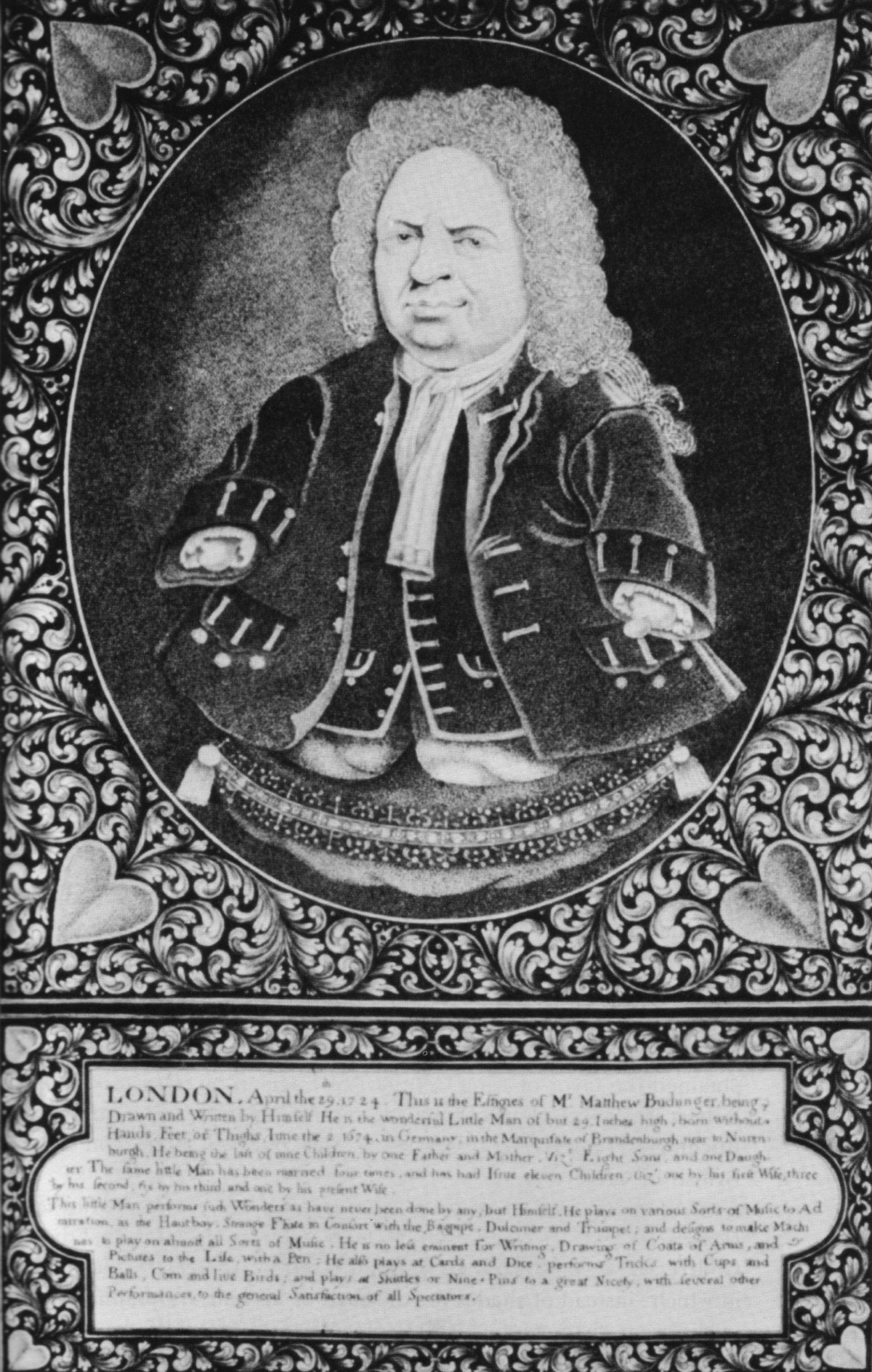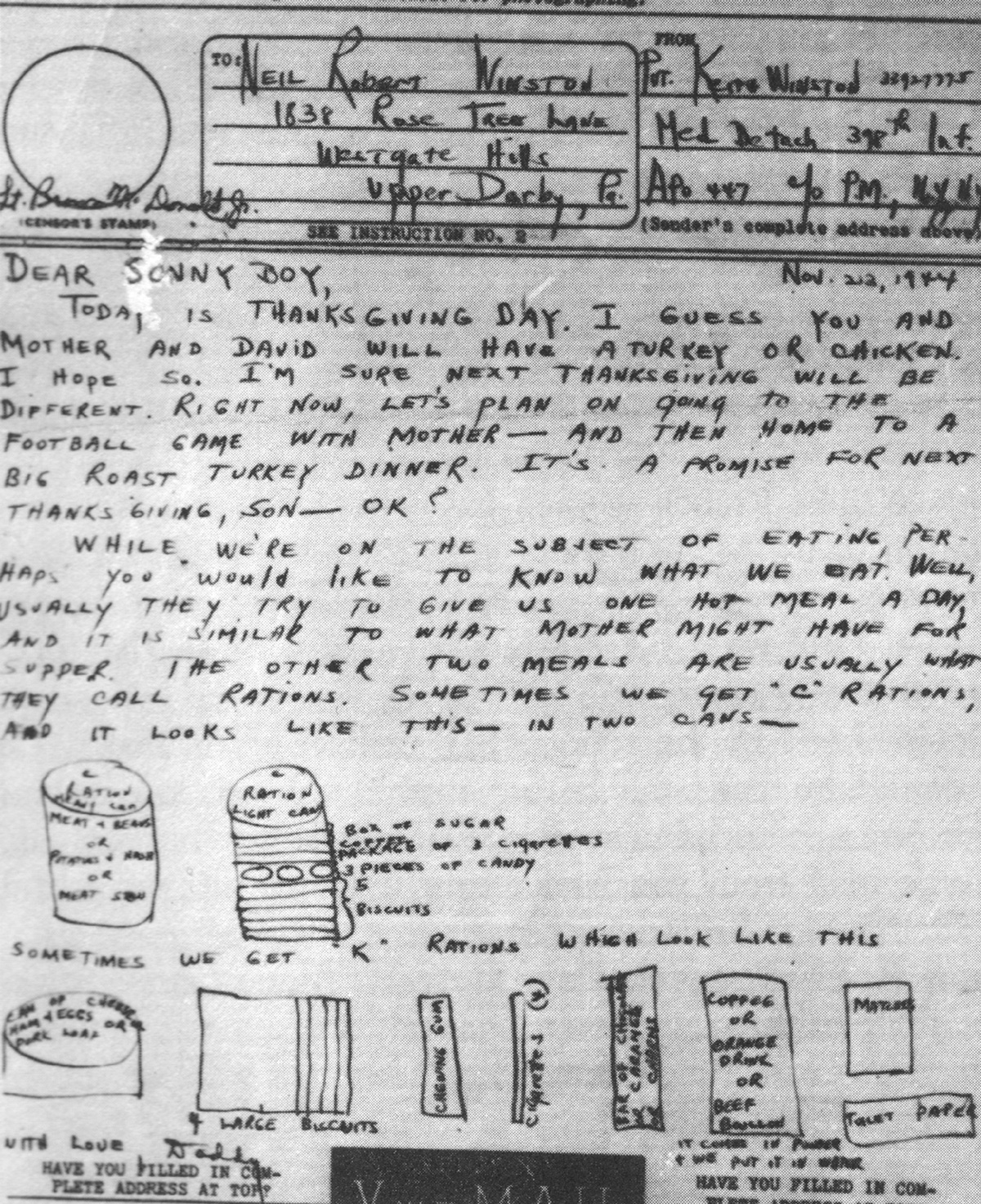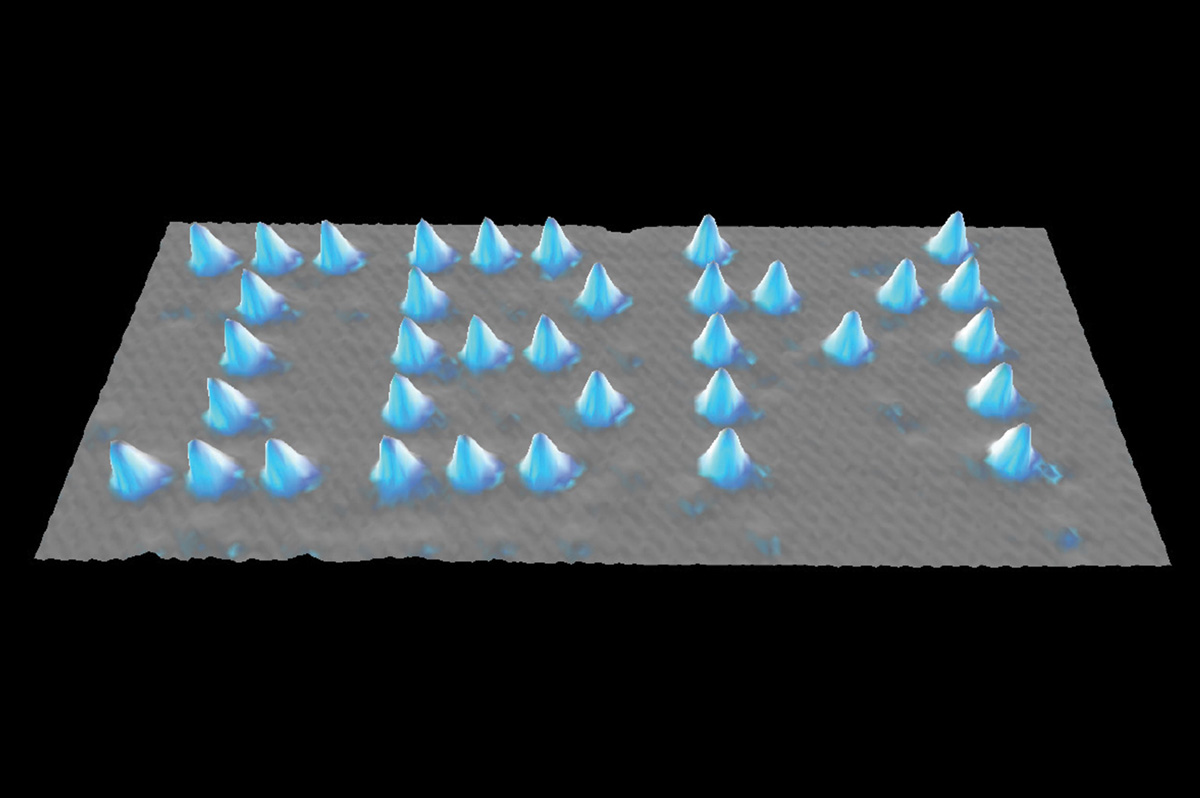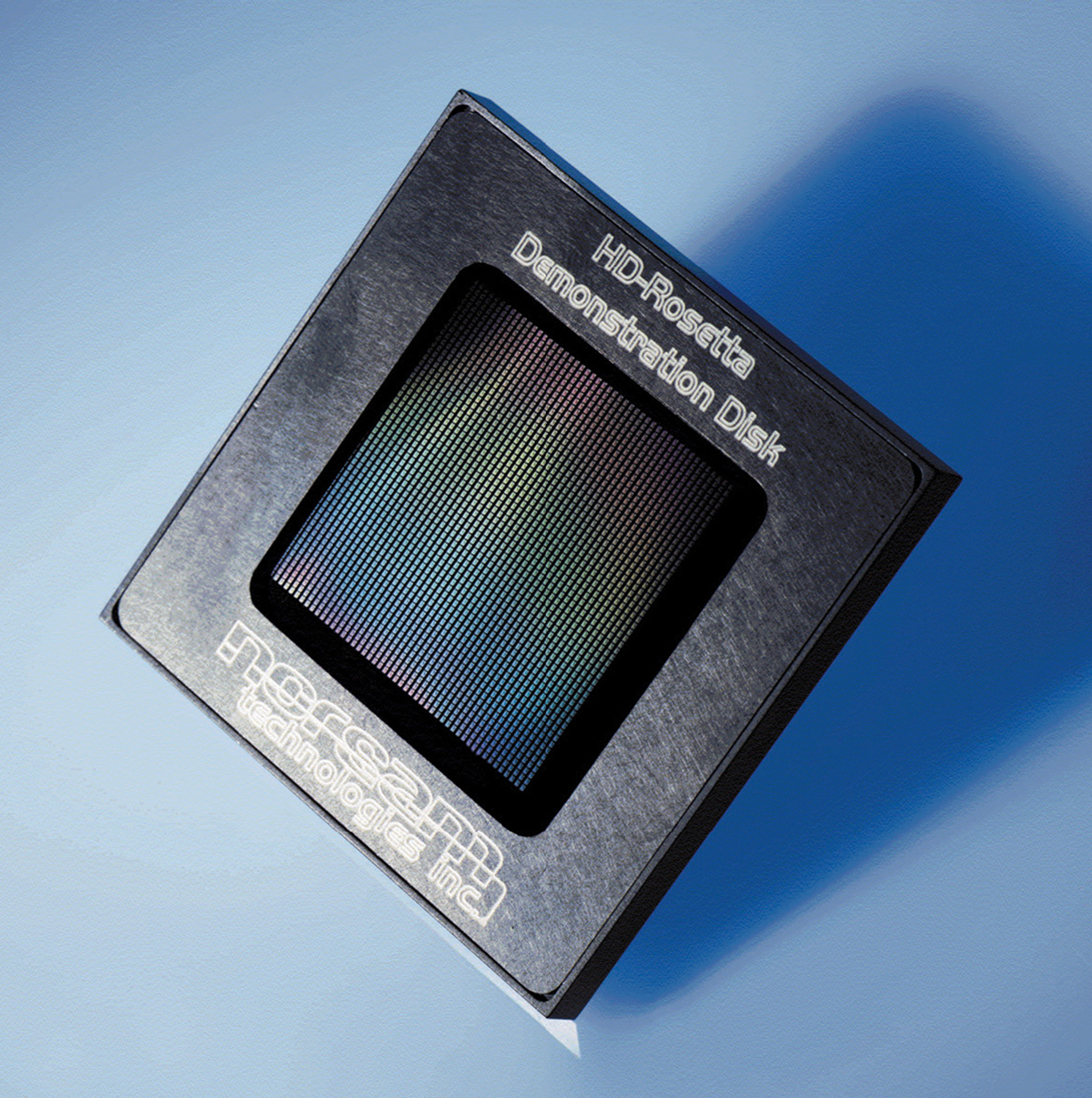A Minor History Of / Miniature Writing
A timeline of teeny tiny text
Joshua Foer
“A Minor History Of,” a column by Joshua Foer, investigates an overlooked cultural phenomenon using a timeline.
2060 B.C.E.

The earliest known example of miniature writing appears on a Sumerian cuneiform clay tablet measuring 1 5/16 inches by 1 5/8 inches. (Courtesy of The Lilly Library, Indiana University, Bloomington, Indiana)
77 C.E.
Pliny relates that Cicero once saw the 15,693-verse Iliad of
Homer written “in so small a compass as to be wholly enclosed in a
nutshell.” A certain Pierre-Daniel Huet, later Bishop of Avranches and
long a skeptic of this anecdote, demonstrated in the 1670s that the
feat was indeed entirely possible if one used both sides of a common
leaf of paper, 40 verses to a line, 240 lines per page. And in the same
century, when John Aubrey set out to write the epitaph for the tomb of
the Tradescants, the greatest collectors of curiosities in
seventeenth-century England, he chose the metaphor of theIliad in a nutshell—the macrocosm contained—to represent their encyclopedic collection:
Whilst they (as Homer’s Iliad in a nut)
A world of wonders in one closet shut
895 C.E.
The earliest dated medieval Hebrew manuscript, the Moshe Ben Asher Codex of the Prophets, includes the first recorded use of Hebrew micrographia. Developed as a way of skirting the Jewish prohibition on illustrating scripture, Hebrew micrographia, or art created entirely out of miniature letters, was also a way of enlivening the dull marginal biblical notes known as masoreh. The tradition spread from Israel to Egypt and Yemen, and grew from marginalia to complete micrographic works of art created entirely with written words. It is still common to find micrographic art on the walls of many observant Jewish homes.
1590 C.E.
Peter Bales, the most dexterous penman of the day and inventor of one
of the earliest forms of shorthand, produces an edition of the “whole
Bible contained in a large English walnut no bigger than a hen’s egg;
the nut holdeth the book; there are as many leaves in his book as the
great Bible, and he hath written as much in one of his little leaves as
a great leaf of the Bible.” This miniature bible apparently “was seen
by many thousands.” Such finesse demands not only superior control of
the muscles and exceptional vision but also paper of extremely hard,
even grain and a pen whose point must be constantly dressed on a
whetstone.
1665 C.E.

Robert Hooke titles his revolutionary book on the microscope Micrographia, literally, “small writing.” The second set of objects he looks at under his microscope, after first examining the points of sharp needles, is “certain pieces of exceeding curious writing,” including the Lord’s Prayer, the Apostles’ Creed, the Ten Commandments, and a dozen verses of the Bible hand-written in an area smaller than a two-pence piece. Hooke’s microscope enables him to discover that, when magnified, the miniature writing consists of “pitifull bungling scribbles and scrawls” that are “for the most part legible enough, though in some places there wanted a good fantsy well preposest to help one through.” Hooke concludes: “If this manner of small writing were made easie and practicable … it might be of very good use to convey secret Intelligence without any danger of Discovery or mistrusting.”
1674 C.E.
In order to create a public spectacle that might boost his business, a young Dutch printer publishes the Blom-Hofje, an otherwise forgettable poem, in a volume no larger than a fingernail. It remains the smallest book in print for over two hundred years.
1724 C.E.

Though born without the benefit of hands or legs, and standing only twenty-nine inches tall, Matthew Buchinger was a proficient bagpiper, trumpeter, and dulcimerist, as well as a talented magician and accomplished artist. Among his many impressive skills was micrographic illustration. In this four-by-six-inch self-portrait, Buchinger forms the individual curls of his wig out of seven psalms and the Lord’s Prayer.
1839 C.E.
John Benjamin Dancer puts a microscope lens in a camera and photographs a twenty-inch-long handbill at 160:1 reduction. This first microfilm document is perfectly legible under a 100x microscope. In another set of experiments, Dancer uses lenses from the eyeballs of freshly killed animals to take microphotographs. The eyeballs do not, in the end, prove superior to ground glass.
1855 C.E.
R. J. Farrants, president of the Microscopic Society, presents a paper
on the micro-pantograph, a technological solution to the problem of
man’s limited manual dexterity. The device, invented by Paul Gustave
Froment, builder of the original Foucault pendulum, and perfected by N.
Peters, a London banker, is used to etch the Lord’s Prayer in 1/356,000
square inch of glass. It operates by coupling two pantographs, not
unlike the kind Thomas Jefferson used at Monticello to write in
duplicate, so that their action is multiplied, allowing reductions of
up to 6,250 times.
1870 C.E.

With the Prussian army besieging Paris and all other means of communication with the outside world cut off, passenger pigeons become the primary means of transporting mail into the city. However, weighted down by even the thinnest paper, the pigeons are easy shots for German gunners and their specially trained hawks. René Dagron, a Parisian photographer, proposes a solution: to print news and letters in large sheets, which can then be shrunk using the new technology of microphotography. By this method, approximately 54,000 messages can be condensed to a weight of less than one gram, easily carried by any pigeon. On November 12, Dagron makes a harrowing escape from Paris by balloon, and establishes the headquarters of French microphotography in Tours. Over the course of the war, some two and a half million messages return with the pigeons to their Parisian dovecotes.
1877 C.E.
Sixty years after the publication of James Parkinson’s landmark “Essay
on the Shaking Palsy,” French neurologist Jean-Martin Charcot first
recognizes micrographia, or increasingly miniaturized handwriting, as a
clinical symptom of Parkinson’s disease.
1884 C.E.
The Bibliothèque Nationale in Paris becomes the first library in the world to use microfilm to condense texts.
1894 C.E.

Miniature book collector George Salomon of Paris disperses his seven-hundred-title collection, a library that reportedly “could be carried in a moderate-sized portmanteau.” His spirit lives on today in the Miniature Book Society, an organization whose interests extend only to printed works three inches or smaller. (Pocket Library of Lilliputian Folio Books, London, 1801. Courtesy of The Lilly Library, Indiana University, Bloomington, Indiana)
1941 C.E.
Robert Hooke’s three-hundred-year-old vision of conveying secret
information through micrography is realized. The first microdot,
disguised as a common sentence-ending period, is discovered on a typed
envelope carried by a German agent. Using a process developed by
Emanuel Goldberg in the 1920s, the Germans employ a reverse microscope
to shrink information down to a one-millimeter dot, which is then
punched out with a syringe and glued over a printed period or under a
stamp. British mail censors dub the microdots “duff” because they are
scattered throughout letters like raisins in the stiff flour pudding
known as plum duff.
1943 C.E.

The US army opens the first V-Mail, or Victory Mail, station at Casablanca. Correspondence from US soldiers is photo-reduced onto thumbnail-sized rolls of microfilm, to be developed back in the US. Over a billion pieces of V-Mail are exchanged over the course of the war.
1979 C.E.
The Toppan Printing Co. of Tokyo publishes Birth Stone, Language of Flowers, and The Zodiacal Signs and their Symbols,
three microbooks each measuring two by two millimeters.
Microbibliophile Louis Bondy reports, “I recently had the terrifying
experience when breathing against the case to see one of the books take
off like a speck of dust and it was nothing short of a miracle that I
managed to find it again and replaced it in its allotted space.” Bondy
speculates that printers have now “plumbed the ultimate depths of book
production” and suggests that these microbooks’ “most legitimate port
of call will perhaps be a doll’s house.”
1989 C.E.

IBM researchers Don Eigler and Erhard Schweizer arrange thirty-five xenon atoms on a nickel crystal to spell out the IBM logo. It would fit 350 million times in the period of this sentence.
1990 C.E.
Microprinting is first introduced into US currency as an anti-counterfeiting deterrent.
2001 C.E.
Norsam Technologies develops the High Density Rosetta, a
two-square-inch nickel plate onto which 196,000 pages of text can be
etched with an electron microscope. Only a simple magnifying lens is
needed to read the text. “It will never face obsolescence,” notes the
company. (Courtesy Norsam Technologies.)
2001 C.E.

An Australian company develops Microdot Identification, now employed by auto manufacturers around the world. To deter thieves, tiny laser discs etched with the vehicle’s VIN number are sprayed onto the body and the major mechanical parts of cars. They are undetectable.
2003 C.E.
The Guinness Book of World Records recognizes Pawan Sinha and Pamela Lipson, a husband-and-wife team of vision researchers, along with psychology professor Keith Kluender, for creating the world’s smallest book. While napping during an academic conference, Sinha, a Hindu, dreamt of inscribing the entire Bhagavad Gita on a grain of rice. When he awoke, he realized the Gita was too short to pose much of a challenge and instead conspired with his wife (a Jew) to develop software to print the 180,568-word New Testament in twenty-four-karat gold on a silicon chip. Each letter is the size of a red blood cell. The entire book fits on a five-square-millimeter tablet.
Joshua Foer is a freelance science writer. He is working on a book about the art and science of memory, forthcoming from Penguin Press.
Spotted an error? Email us at corrections at cabinetmagazine dot org.
If you’ve enjoyed the free articles that we offer on our site, please consider subscribing to our nonprofit magazine. You get twelve online issues and unlimited access to all our archives.